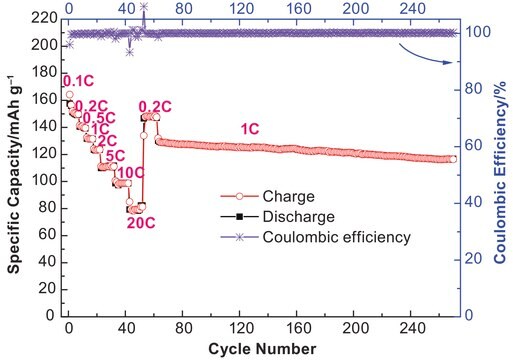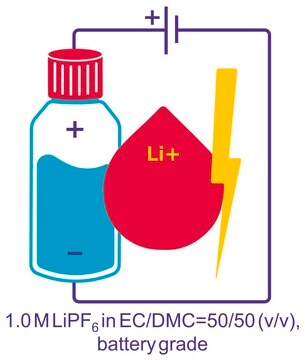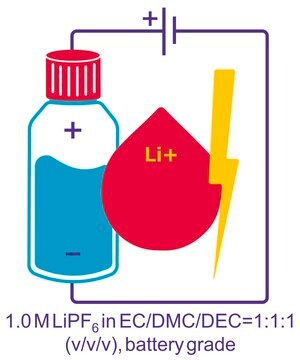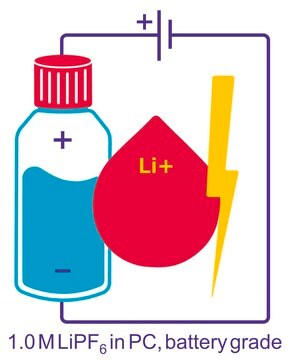MSST0038
SILu™Lite IGFBP7 Insulin-like growth factor-binding protein 7 human
recombinant, expressed in HEK 293 cells, MS Protein Standard
Synonym(s):
IBP-7, IGF-binding protein 7, IGF-bindingprotein7, IGFBP-7, IGFBP-rP1, MAC25 protein, PGI2-stimulating factor, Prostacyclin-stimulating factor, Tumor-derived adhesion factor (TAF)
About This Item
Recommended Products
biological source
human
Quality Level
recombinant
expressed in HEK 293 cells
Assay
≥98% (SDS-PAGE)
form
lyophilized powder
potency
≥98 Heavy amino acids incorporation efficiency by MS
technique(s)
mass spectrometry (MS): suitable
suitability
suitable for mass spectrometry (internal calibrator)
UniProt accession no.
storage temp.
−20°C
Gene Information
human ... IGFBP7(3490)
Related Categories
General description
Immunogen
Biochem/physiol Actions
Physical form
Legal Information
Storage Class Code
11 - Combustible Solids
WGK
WGK 2
Flash Point(F)
Not applicable
Flash Point(C)
Not applicable
Choose from one of the most recent versions:
Certificates of Analysis (COA)
Don't see the Right Version?
If you require a particular version, you can look up a specific certificate by the Lot or Batch number.
Already Own This Product?
Find documentation for the products that you have recently purchased in the Document Library.
Our team of scientists has experience in all areas of research including Life Science, Material Science, Chemical Synthesis, Chromatography, Analytical and many others.
Contact Technical Service








